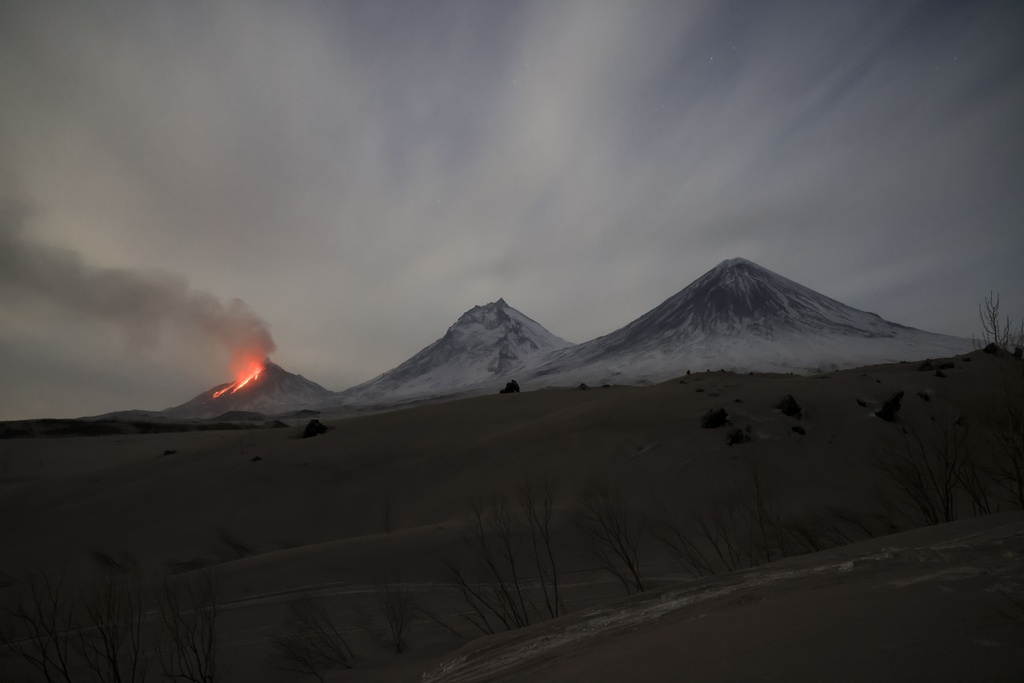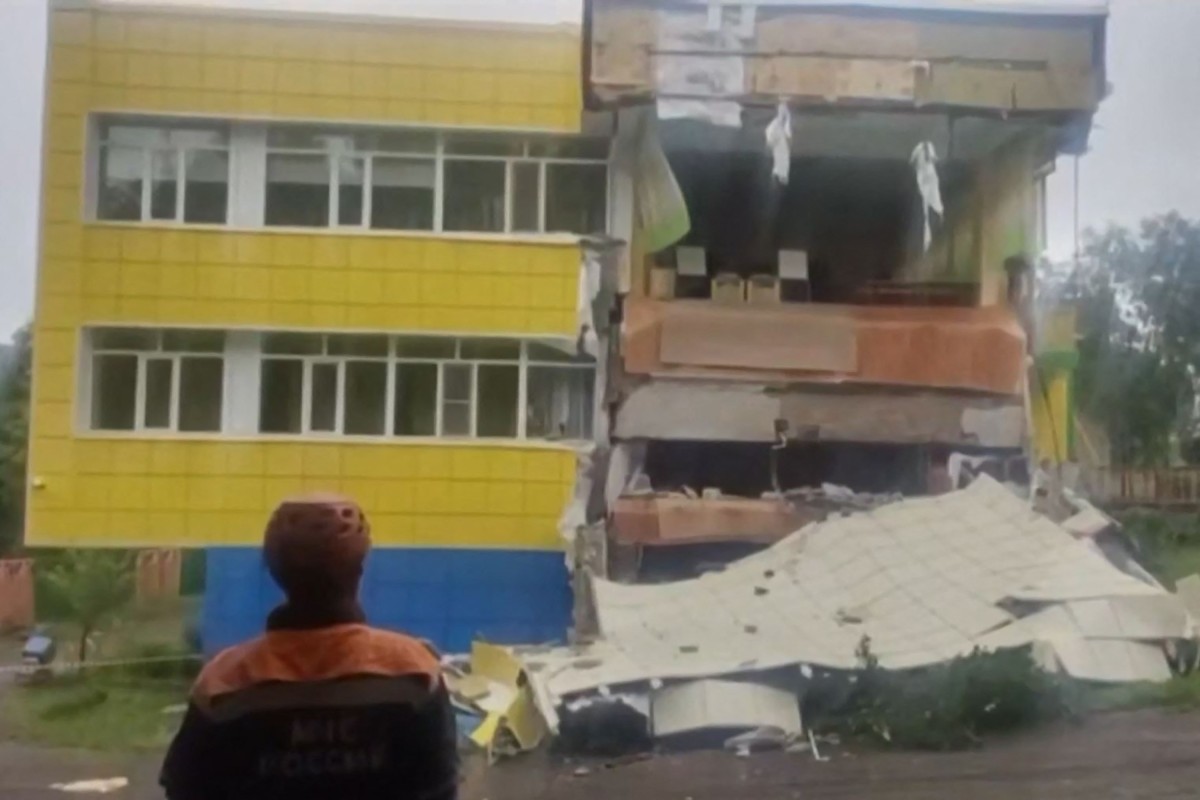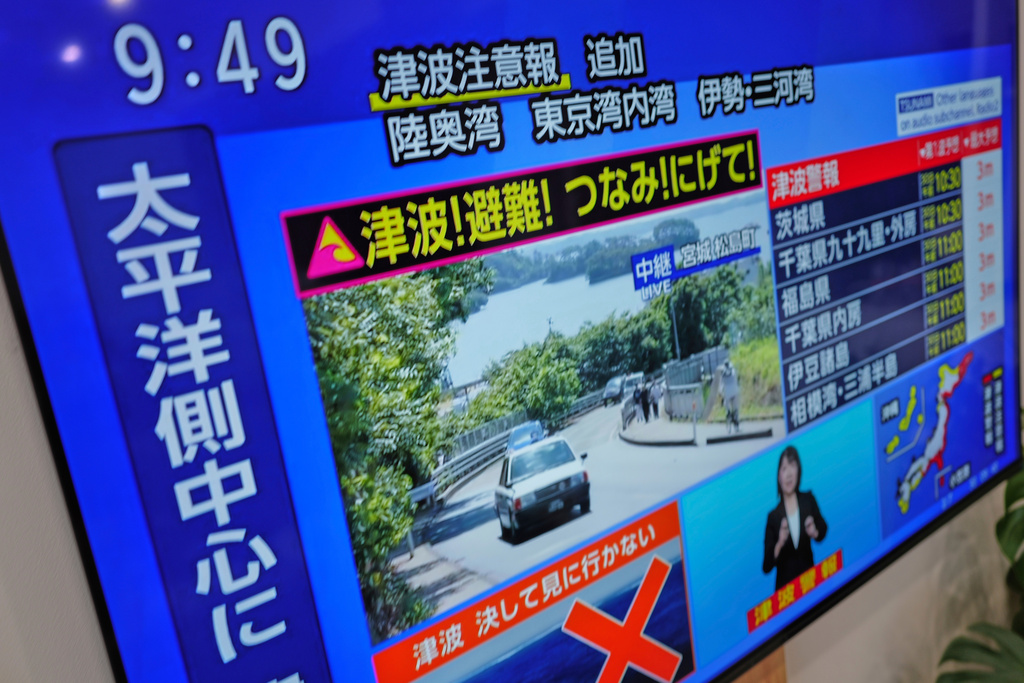
MOSCOW/VLADIVOSTOK/VIENNA/TOKYO - The Klyuchevskaya Sopka volcano is erupting in Kamchatka following a major earthquake in the region, the Kamchatka Branch of the Russian Academy of Sciences' (RAS) Geophysical Service said in a Wednesday Telegram post.
"Right now, the Klyuchevskaya Sopka is erupting," the RAS branch reported, with the message accompanied by a photo of the volcanic eruption.
Also, scientists are tracking flows of incandescent lava down the western slope. Currently, explosions and intense glowing are visible above the volcano. Footage has been published on the Geophysical Service's Telegram channel.
Klyuchevskaya Sopka stands 4,850 meters above sea level, making it Eurasia's highest active volcano. It forms a symmetrical cone with a summit crater approximately 700 meters in diameter. Its slopes contain around 80 secondary explosion craters and cinder cones.
The volcano lies 30 km from the settlement of Klyuchi in the Ust-Kamchatsky District, where roughly 4,500 people reside. Its last eruption was in April 2025.

Tsunami warning lifted
Earlier in the day, an 8.8-magnitude earthquake struck offshore Kamchatka, the strongest in the region since 1952.
According to the Kamchatka branch of the Russian Academy of Sciences' Unified Geophysical Service, the earthquake occurred in the Avacha Bay area of the peninsula. In response, local authorities issued a tsunami alert for coastal areas along the bay.
The quake triggered a tsunami, with waves reaching 3 to 4 meters along the coast of the Kamchatka Peninsula and the Yelizovsky district, local emergency officials said. The tremor also caused power outages, intense shaking of vehicles and slowed Internet access.
ALSO READ: Tsunami waves reach Hawaii after huge quake rattles Russia's Far East
Russian authorities have lifted the tsunami warning for the Kamchatka Peninsula following the earthquake, the region's Emergency Situations Minister Sergei Lebedev announced on social media.
In the regional capital Petropavlovsk-Kamchatsky, a state of emergency was declared. Mayor Yevgeny Belyaev said on social media that a wall at a local kindergarten collapsed due to the quake. Multiple residents sought medical attention following the incident, and all reported injuries have been treated, according to regional health authorities.
City officials are currently inspecting buildings, including residential complexes, to assess damage. Preliminary assessments show cracked plaster, damaged facades and halted elevator service in some structures, Belyaev added.

Nuclear sites stable
The International Atomic Energy Agency reported on Wednesday that nuclear conditions remained stable at facilities along Japan's Pacific coast and at the Zaporizhzhia Nuclear Power Plant (ZNPP), following the powerful earthquake off Russia's east coast.
The UN nuclear watchdog said on social media platform X that it is maintaining contact with national authorities in Japan regarding the earthquake and the resulting tsunami.
Preliminary assessments indicate no safety impact on nuclear power plants along the Pacific coast, the IAEA said.
At the ZNPP, the IAEA team confirmed there has been no change in radiation levels at the site, according to IAEA Director-General Rafael Grossi.

Japan downgrades tsunami warnings
Meanwhile, Japan's Meteorological Agency has downgraded tsunami warnings to advisories for the Pacific coasts of Hokkaido and the Tohoku region following the earthquake.
The advisory for Okayama prefecture has been lifted, but advisories remain in place from Hokkaido to Okinawa.
Authorities continue to urge residents to avoid coastal and river mouth areas, warning that elevated sea levels could persist for at least a day.
READ MORE: China issues yellow alert for tsunami in coastal areas
At Iwate Prefecture's Kuji Port, waves as high as 1.3 meters were recorded on Wednesday.
The downgrades followed an earlier full alert issued after the massive quake.


